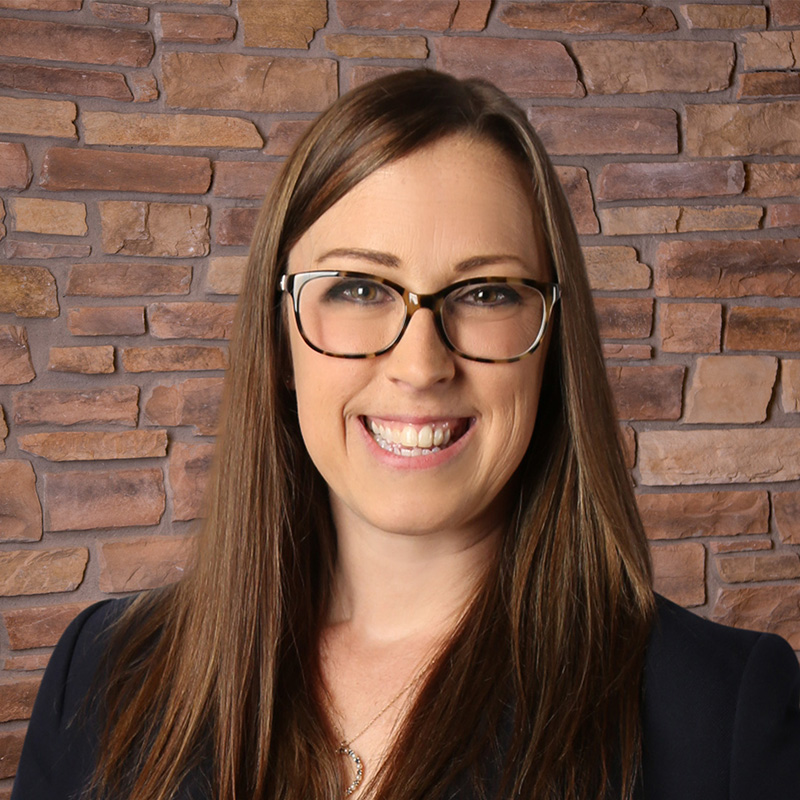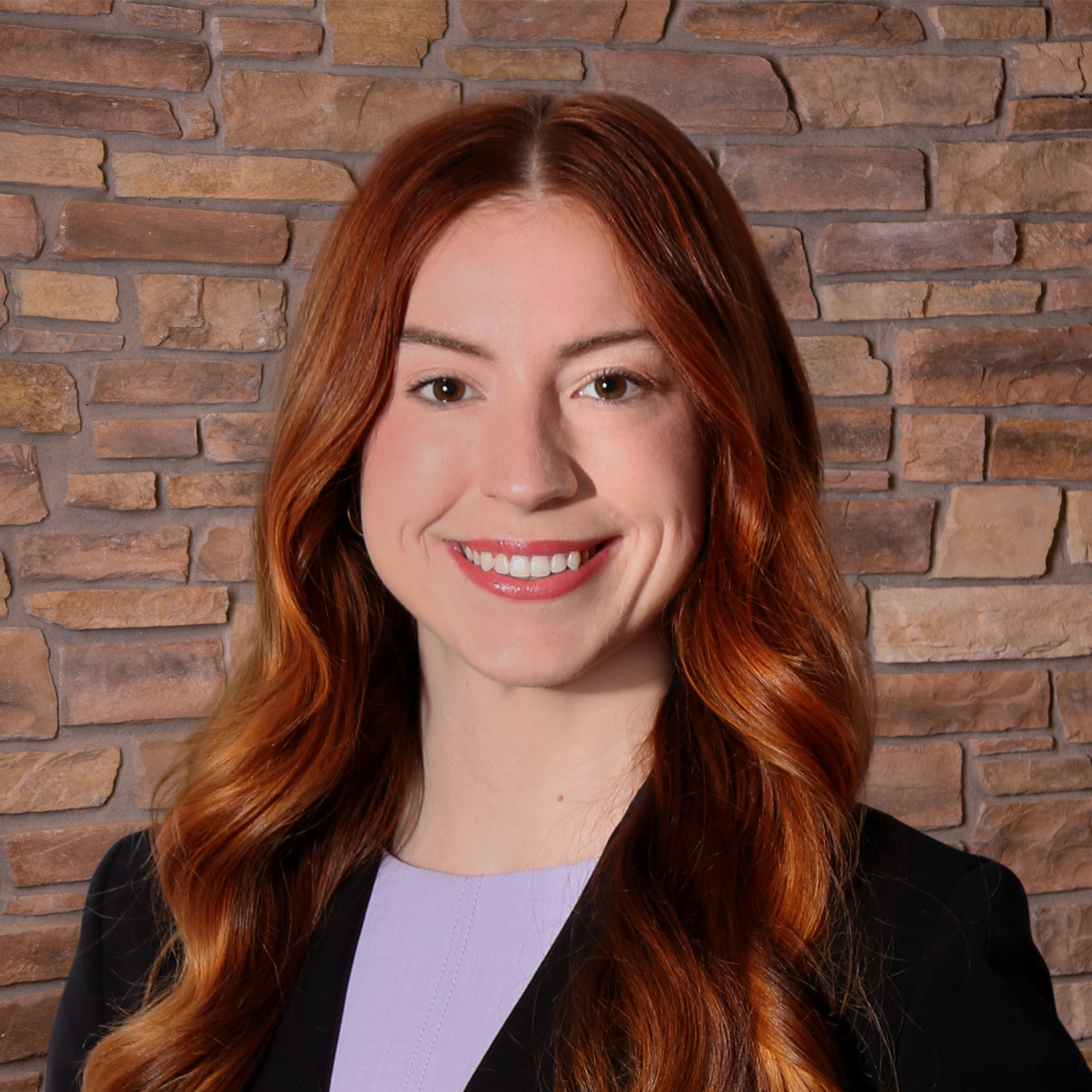Now that the deadline for new Paycheck Protection Program (“PPP”) originations has passed, more lenders and borrowers are moving onto the PPP loan forgiveness process. To receive PPP loan forgiveness, a borrower must complete and submit the applicable Loan Forgiveness Application (SBA Form 3508, 3508EZ, 3508S) or a lender equivalent) to its lender at which point the lender will review documentation and submit to SBA with a forgiveness determination. As of July 13, 2021, the SBA had received 77% of 2020 PPP loan forgiveness applications and reported that 76% have been forgiven.
Effective July 15, 2021, SBA issued Procedural Notice, Control No. 5000-812316 (“SBA Notice”). The SBA Notice outlines the required lender responsibilities for SBA to honor its 100% guaranty on a PPP loan. To streamline the process, the PPP forgiveness platform has been programmed to allow lenders to submit requests for guaranty purchase and charge off for individual PPP loans. Any request for guaranty purchase and charge-off must be made by the lender that owns the PPP loan at the time of the purchase.
Pursuant to the SBA Notice, a PPP lender is responsible to:
- Keep an accurate record under its direct control of each loan;
- Collect and apply loan and forgiveness payments;
- A lender may request guaranty purchase for First Draw and Second Draw PPP loans at the same time, if lender is the same for both loans;
- Submit separate monthly SBA Form 1502 reports that include loan status information for their PPP loans, regardless of whether the borrower made a payment in the current month or whether the loan is in deferment, until the loan is paid in full, fully forgiven, or, if applicable, until SBA purchases the guaranty on the loan;
- Document all loan modifications, including changes of ownership in accordance with SBA Procedural Notice, Control No. 5000-20057;
- Issue a decision to SBA when a borrower submits for forgiveness within 10 months of the end of the covered period
- If a borrower does not submit a forgiveness application within 10 months of the end of the covered period, or if the PPP loan is partially forgiven or forgiveness on the PPP loan is denied in full, the borrower must make payments in accordance with the note, and the lender must continue servicing the loan until it is paid in full or SBA purchases the guaranty;
- If the borrower becomes more than 60 days past due, the lender should make demand for payment in full and submit a request for guaranty purchase and charge off through the Platform;
- If a balance remains after a lender receives a forgiveness payment from SBA, the principal and interest reduction from the forgiveness remittance and any loan payments received from the borrower must be reported on the SBA Form 1502 before the lender submits a guaranty purchase request;
- If the borrower does not receive full forgiveness on the loan, and the lender receives any post-guaranty purchase payments from the borrower, the lender must send the full payments to SBA via www.Pay.Gov using the payment code 172.
A lender may simultaneously request a guaranty purchase and charge-off from SBA when the borrower:
- Is 60 days or more past due on scheduled loan payments and the default has not been cured;
- Is permanently closed and does not plan to submit a forgiveness application;
- Has filed for Chapter 7 bankruptcy protection;
- Has filed for Chapter 11, 12, 13 bankruptcy once a period of at least 60 days has elapsed from the end of the PPP loan deferment period or any time after an order is entered confirming a plan if the plan does not provide for payment of
- 100% of the underlying debt; or
- In the case of self-employed individuals, sole proprietors, single-member LLCs, or independent contractors, the owner is deceased.
A lender may request guaranty purchase without charge-off when the borrower or any owner of 20% or more of the borrower, has been indicted for or convicted of a felony related to the PPP loan, or if the borrower has filed an appeal with the Office of Hearings and Appeals (“OHA”) for adjudication after the lender has made a decision to deny forgiveness.
While not ideal, the current economic situation may cause more borrowers to file for bankruptcy. SBA does not expect lenders to take action in the bankruptcy proceeding beyond filing a proof of claim and the SBA will not reimburse for administrative costs associated with filing a proof of claim. If SBA purchases the loan, a lender must send any subsequent recoveries received from the bankruptcy to SBA via www.Pay.Gov using the payment code 172.
Lenders must comply with all PPP loan program requirements for the SBA to honor its guaranty and purchase of 100% of the outstanding balance of the PPP loan. SBA will be released from liability on its guaranty if the lender fails to request that SBA purchase the guaranty within 180 days after maturity of the loan.
Stay tuned to our newsletters as we will continue to share additional guidance and clarification whenever issued by the SBA.

 Courtney T. Arena
Courtney T. Arena Austyn K. Boothe
Austyn K. Boothe Shay Bratland
Shay Bratland Thomas S. Bush
Thomas S. Bush Lindsay W. Cremona
Lindsay W. Cremona Troy J. Eickhoff
Troy J. Eickhoff Garth G. Gavenda
Garth G. Gavenda Nick C. Jellum
Nick C. Jellum James T. Keig
James T. Keig John W. Kuehl
John W. Kuehl